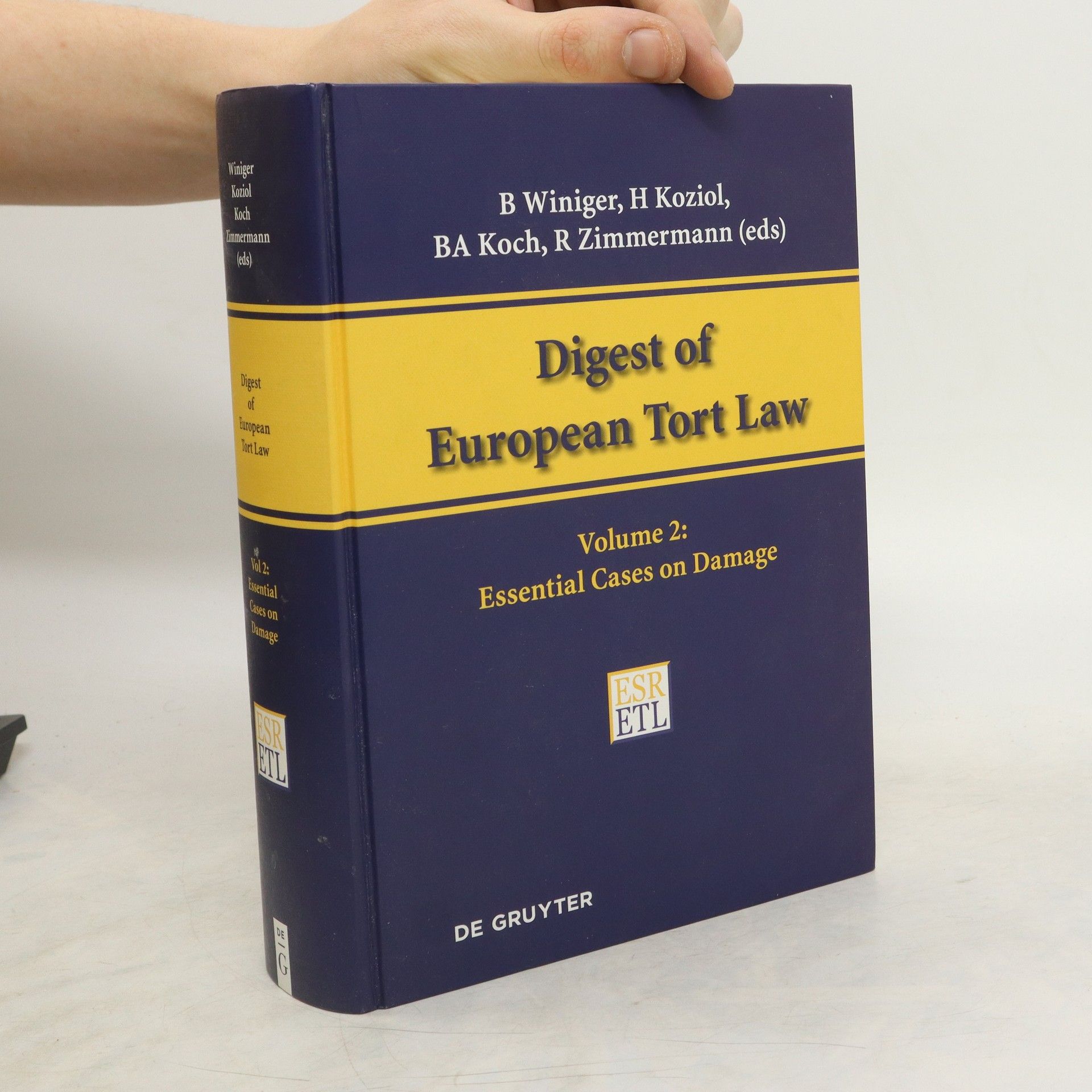The increasing Europeanisation of delict/tort law has led to the creation of various legal texts and model rules. However, a significant gap remains regarding the experiences of national legal systems over the years. This work aims to address this gap by focusing on the notion of damage, complementing previous volumes that explored other key elements like natural causation. It features a selection of pivotal cases from 26 European states and the European Court of Justice, presenting the facts and court decisions while analyzing them within the broader context of each legal system's development. The editors offer comparative analyses of the reported case law, addressing specific issues related to damage. Additionally, the publication examines how landmark cases would be resolved under the European model rules for tort law and highlights historical cases. The editors contend that this compilation may guide the organic convergence of national legal systems in Europe, serving as a foundation for an acquis commun that is richer and more complex than the abstract concepts found in national codifications, European legislation, and modern model rules.
Håkan Andersson Knihy
